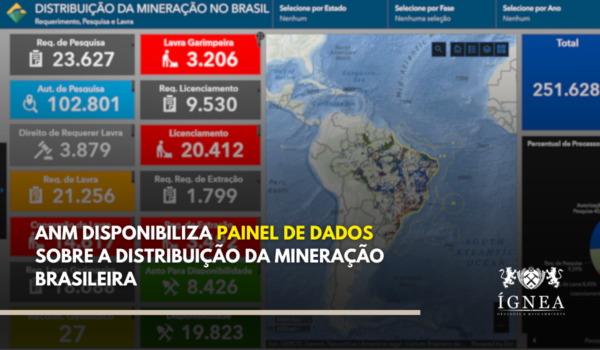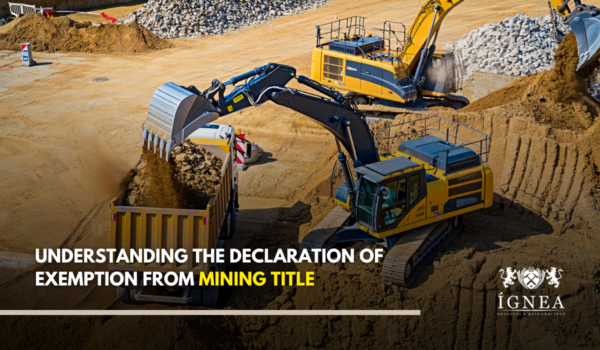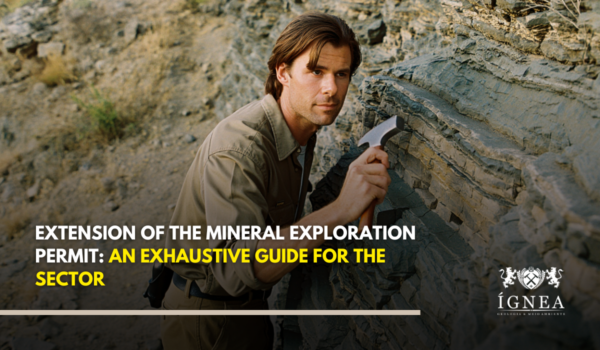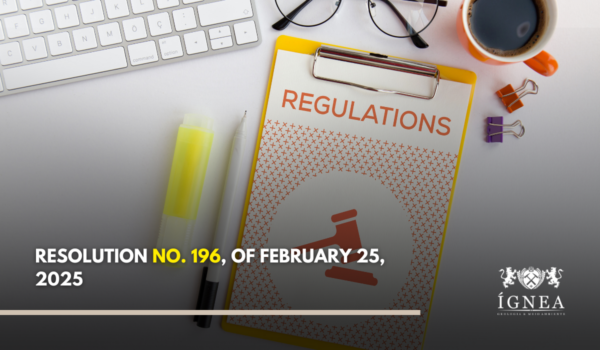Mining is an industry that has traditionally been dominated by men, but over the past few decades, the female presence in mining has slowly grown. Women in mining still face many challenges, including gender discrimination, lack of training opportunities and limited access to leadership positions.
In Brazil, women represent only 13% of workers in mining, according to data from the Brazilian Mining Institute (IBRAM).
This is significantly lower than the global average, which is around 20%. However, it is important to note that the female presence in Brazilian mining has been growing in recent years, with a 1.4% increase in the proportion of women in the industry between 2016 and 2018.
Challenges confronting women in mining
Women working in mining face a number of challenges related to gender discrimination. They often have to work in hostile environments, subject to sexual harassment and other forms of gender-based violence. In addition, women are often undervalued and do not receive the recognition they deserve for their work.

However, many companies are working to change this reality and promote gender equality in mining. For example, mining company Vale has a diversity and inclusion program that aims to increase the representation of women in all areas of the company.
The company also provides training and development opportunities for women working in mining.
In addition, Vale has a zero tolerance policy for sexual harassment and other forms of gender-based violence. The company has a dedicated team to deal with reports of sexual harassment and offers support to victims.
Another company that is working to promote gender equality in mining is Anglo American. The company launched a programme called “Women in Mining” in 2018, which aims to increase female representation in leadership positions at the company. The program includes training, mentoring and other initiatives to help women advance their careers in mining.
The women’s presence in mining
An inspiring example of a woman who has achieved success in mining is Cynthia Carroll, who was CEO of Anglo American from 2007 to 2013. Carroll was the first woman to lead a major global mining company and faced many challenges and obstacles throughout her career. She worked to change the company culture and promote gender equality in mining.
Another example is Brazilian Geralda Doca, who has worked at Vale for over 30 years and is one of the few women in leadership positions in the company. Doca began her career in mining as a laboratory technician and is now responsible for Vale’s quality area.

Promoting gender equality in mining requires companies, governments and other organisations to work together to create a safe and inclusive working environment for women.
This includes gender equality policies, training and development for women, and the promotion of successful female role models in the industry. In addition, it is important that companies adopt measures to combat gender-based violence and sexual harassment in the workplace.
In summary, The female presence in mining is important not only for gender equality, but also for the industry itself. Women bring a unique perspective and can help create a more inclusive and safer work environment for all workers. In addition, gender diversity can lead to greater innovation and productivity in the industry.
Source: Instituto Brasileiro de Mineração (IBRAM). (2020). Mineração em Números. Retrieved from http://www.ibram.org.br/sites/1300/1344/00004064.pdf
Please do not hesitate to contact us with any questions or to obtain more information about our services. We will be happy to assist you.















